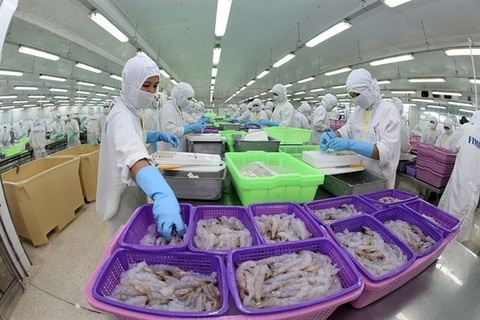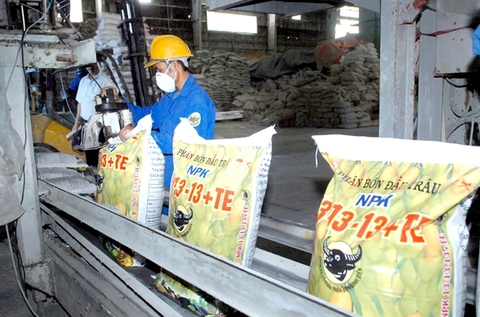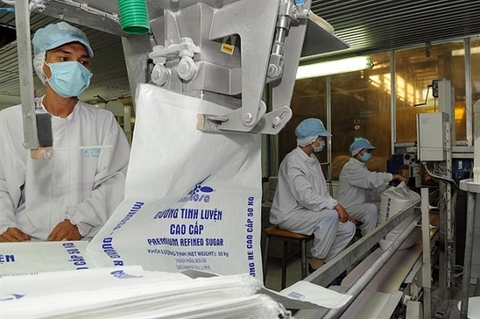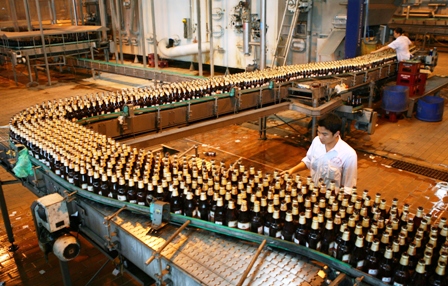COVID-19 impact starts reflecting in seafood companies' results (VHC, FMC) from August: VDSC
COVID-19 impact starts reflecting in seafood companies' results (VHC, FMC) from August: VDSC
A recent report from Viet Dragon Securities Corporation (VDSC) said that the social distancing order in Viet Nam will negatively affect the supply of processed seafood in the last six months of the year due to reduced operating capacity at factories. 
VDSC believes that the negative impact of social distancing measures will begin to reflect more clearly on business results from August onwards.
Accordingly, the report stated that the already bearish supply outlook of Vietnamese seafood will be further complicated by the implementation of the COVID-19 measures to prevent the spread of the Delta variant that took effect on July 19.
Numerous seafood processing plants have had to close. If they continue to operate, they must reduce their operating capacity, as well as apply the stay-at-work model and regularly conduct COVID-19 quick testing for workers at the factory, resulting in higher costs and pressure on businesses
Therefore, the operation capacity only reaches about 50 - 60 per cent. VDSC cited Undercurrent News as saying that the country's pangasius export volume in July dropped by about 18 per cent month-on-month.
However, statistics in July showed that many listed seafood enterprises still recorded positive revenue growth. The reason is that leading companies have enough resources to maintain production activities, although the capacity is lower than usual, along with the usual lag of inventory of about a month, which helps enterprises have enough export goods in the second half of July.
VDSC expects seafood companies will start to see a sharp drop in exports from August onwards. The report also says that the fall may continue in the fourth quarter of 2021 due to the impact of the COVID-19 pandemic.
Similarly, the Viet Nam Association of Seafood Exporters and Producers (VASEP) said that July’s exports may still use old raw materials and inventories, so the statistical results have not yet reflected the downtrend, but compared to previous months, the growth rate was significantly lower.
The decline in production over the past month will certainly lead to a sharp decrease in export turnover in the whole of August compared to previous months and the same period last year.
Of which, the pangasius industry suffered the biggest loss as more than half of the pangasius factories were shut down during the social distancing period. Shrimp and tuna exports may drop less than that of pangasius.
In the long term, however, VDSC gives a more positive expectation about the prospect of the seafood industry in 2022 if the COVID-19 outbreaks are controlled and businesses return to their usual production capacities in the second half of 2021.
Positive first six months
In the first half of the year, seafood exports rose sharply, boosted by the recovery in demand of the main export markets, especially the US. Statistics from the Ministry of Industry and Trade showed that export volume has returned to pre-COVID-19 levels, up 19 per cent year-on-year while the average selling price declined slightly by 2 per cent.
Most seafood companies recorded positive growth in revenue and profit during the period. Notably, Vinh Hoan Corporation (VHC) and Sao Ta Foods JSC (FMC) posted double-digit revenue growth, mainly due to increased exports to the US. However, higher shipping costs resulted in lower net profit growth than revenue in some companies that mainly export to the US and European markets.
On the stock market, both VHC and FMC closed higher yesterday, up 1.24 per cent and 1.46 per cent, respectively.
























